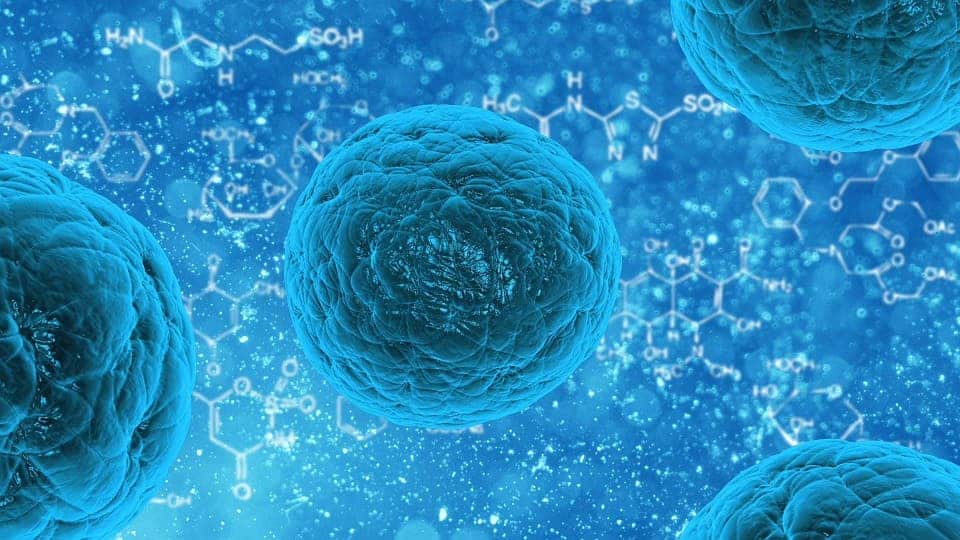Humans are complex organisms made up of trillions of cells, and each of these cells has their own structure and function. Naturally, all of these cells have to communicate with each other so that the body can properly function. Otherwise, your brain couldn’t instruct the muscles in your legs to move or there would be no way to heal when you get an injury. In a new study, researchers at the University of Connecticut have revealed new insights into the complex web of cell communication.
While humans use words and language to communicate, cells send and receive messages or instructions by secreting proteins. But words mean very little without structure, just like language means very little without grammar. Cells also have their own conversational structure, but until recently we knew very little about it.
“This is akin to detecting what words were spoken in a sentence, but not really knowing their placement, the inflection, and tone of the message,” said Kshitiz Gupta, an assistant professor at the UConn School of Dental Medicine.
Kshitiz and colleagues employed microfluidics and computer modeling to reveal the precise wording and structure of intercellular communication. During one experiment, the researchers zoomed in on stem cells from bone marrow that can be used to treat a myocardial infarction, also known as a heart attack. The team recorded proteins that were secreted by these stem cells, as well as how these secretions changed with time.
In the lab, the researchers used this information to make a protein cocktail that could one day be used to treat an injury without the use of stem cells. While stem cells are flexible enough to change their function and behavior depending on the site of injury, it is possible to copy a particular stem cell behavior and create a cell-less therapy that only uses proteins. Such an approach could avoid some of the complications associated with stem cell transplants.
“The findings solve a fundamental problem afflicting systems biology: measuring how cells communicate with each other,” said Yashir Suhail, a postdoctoral fellow, in the Dental School’s Department of Biomedical Engineering. “The platform technology will open new lines of inquiry into research, by providing a unique way to detect how cells talk to each other at a deeper level than what is possible today.”
The findings appeared in the journal Nature Communications.










